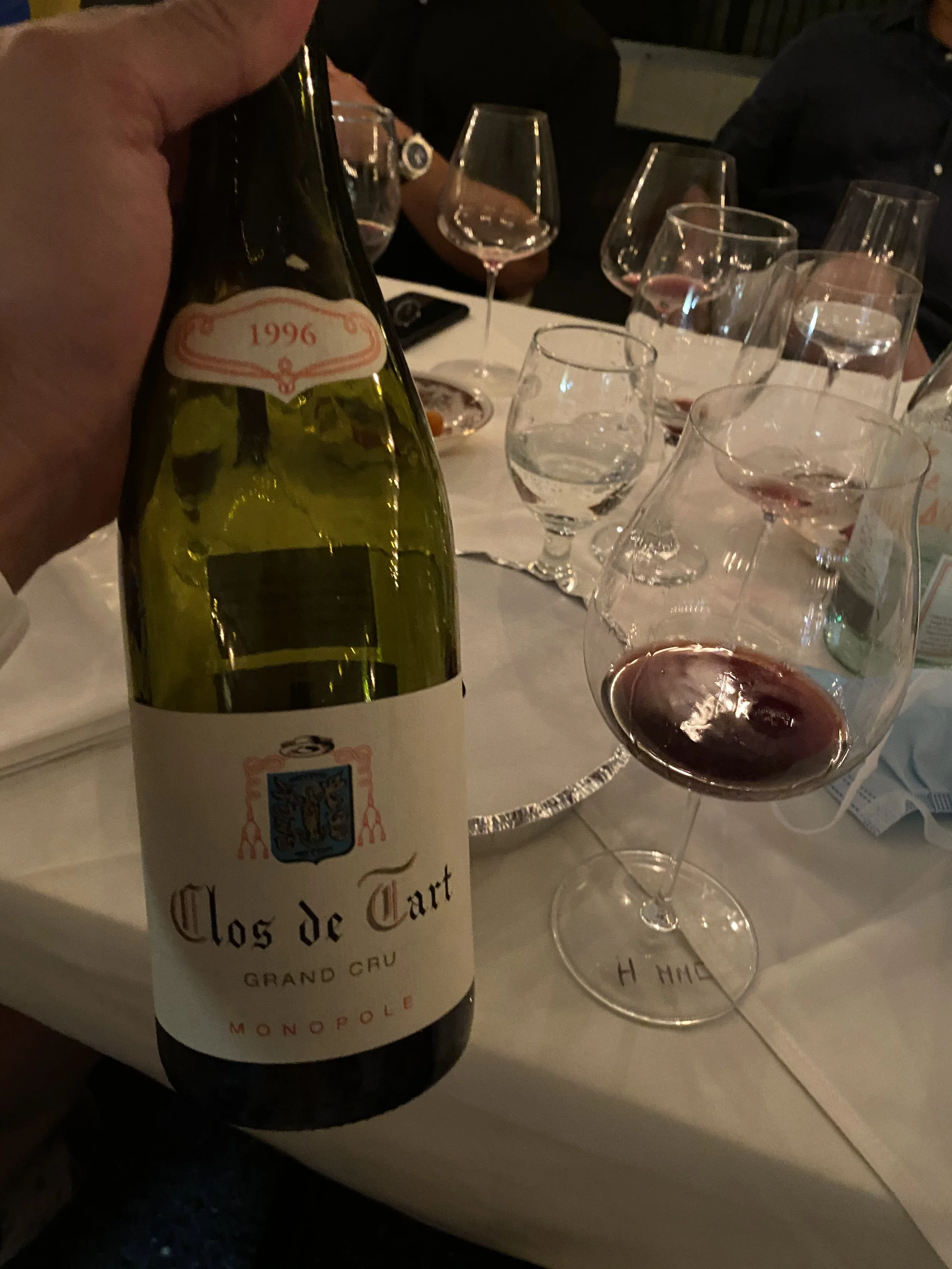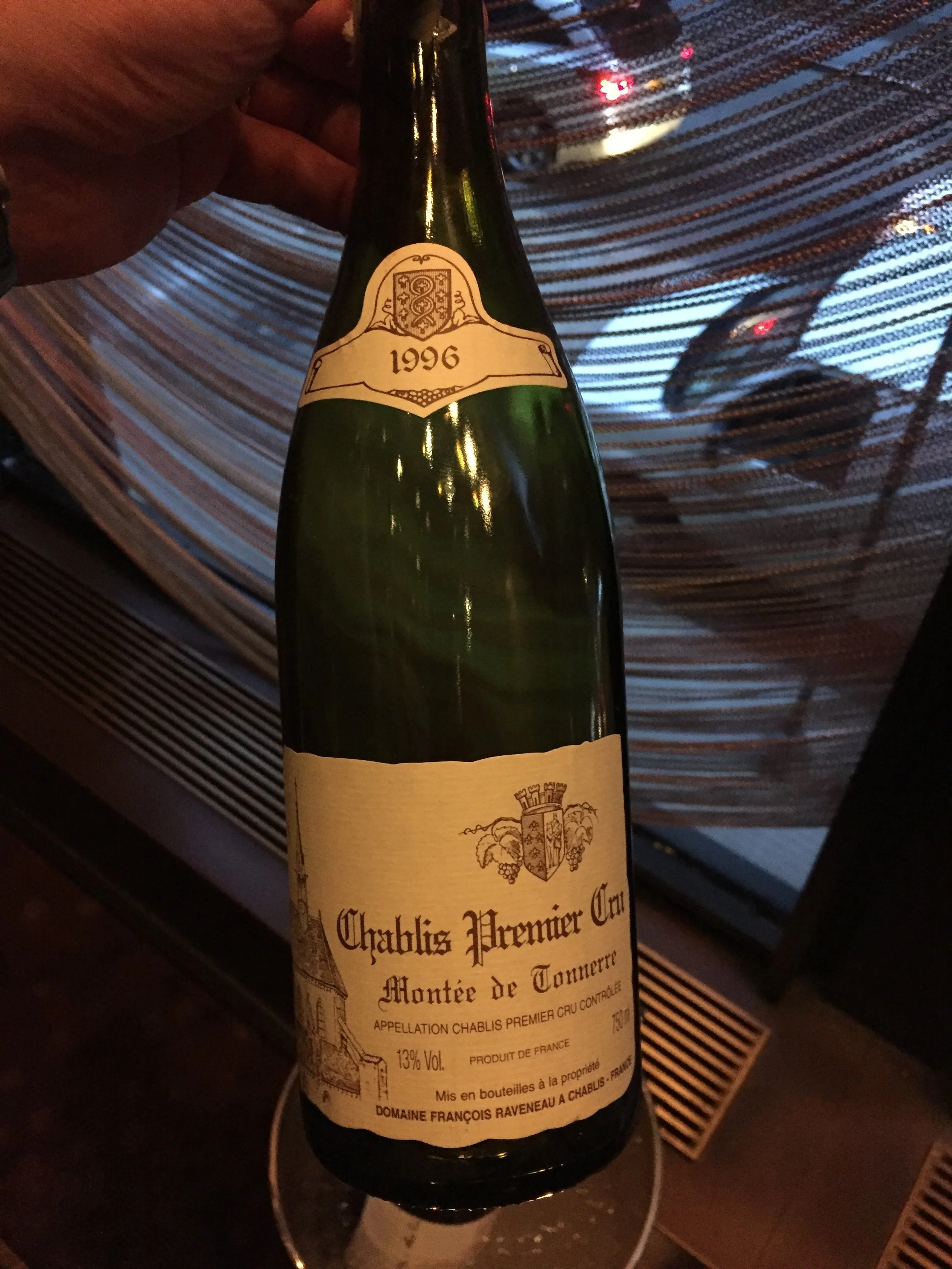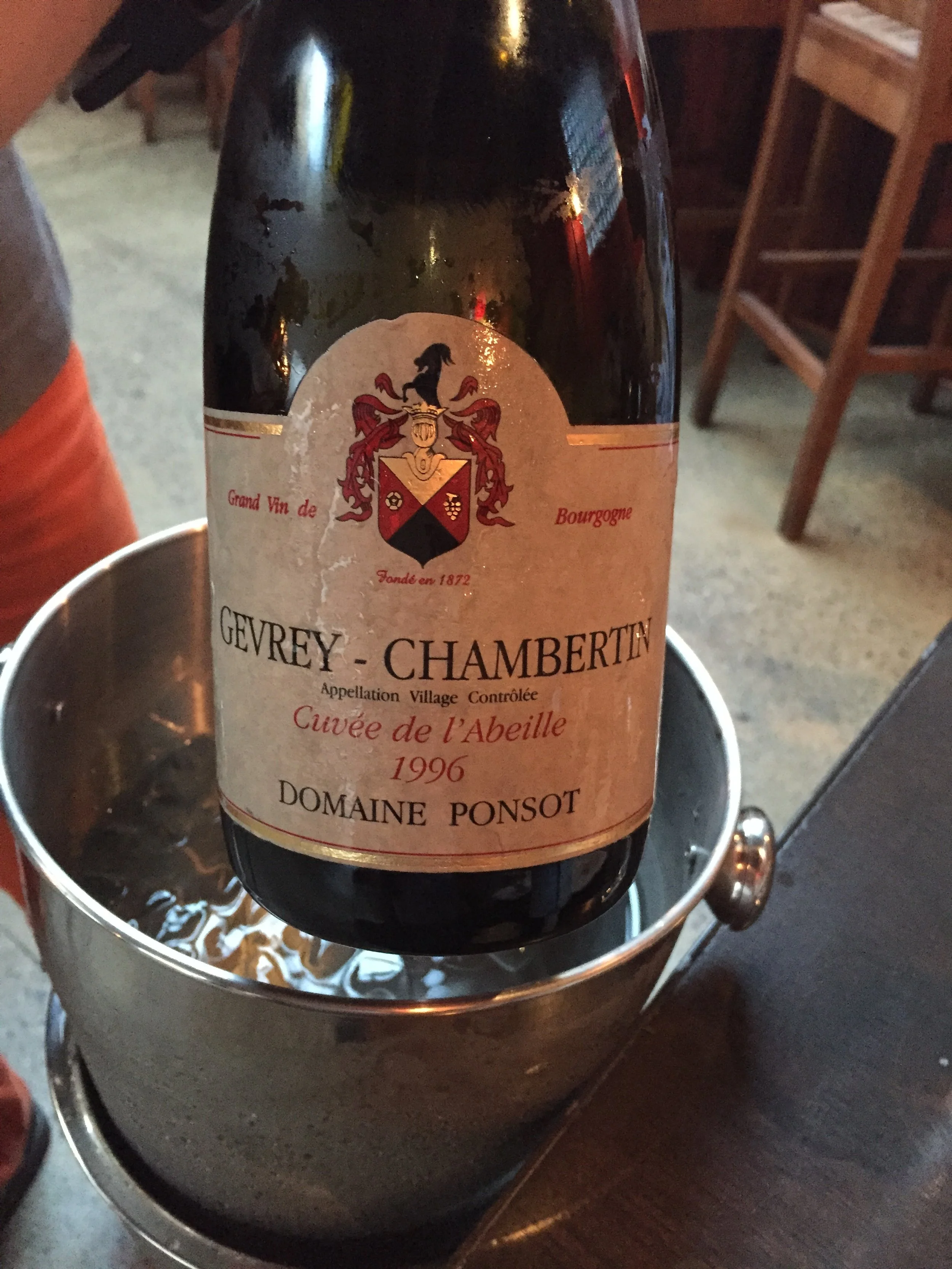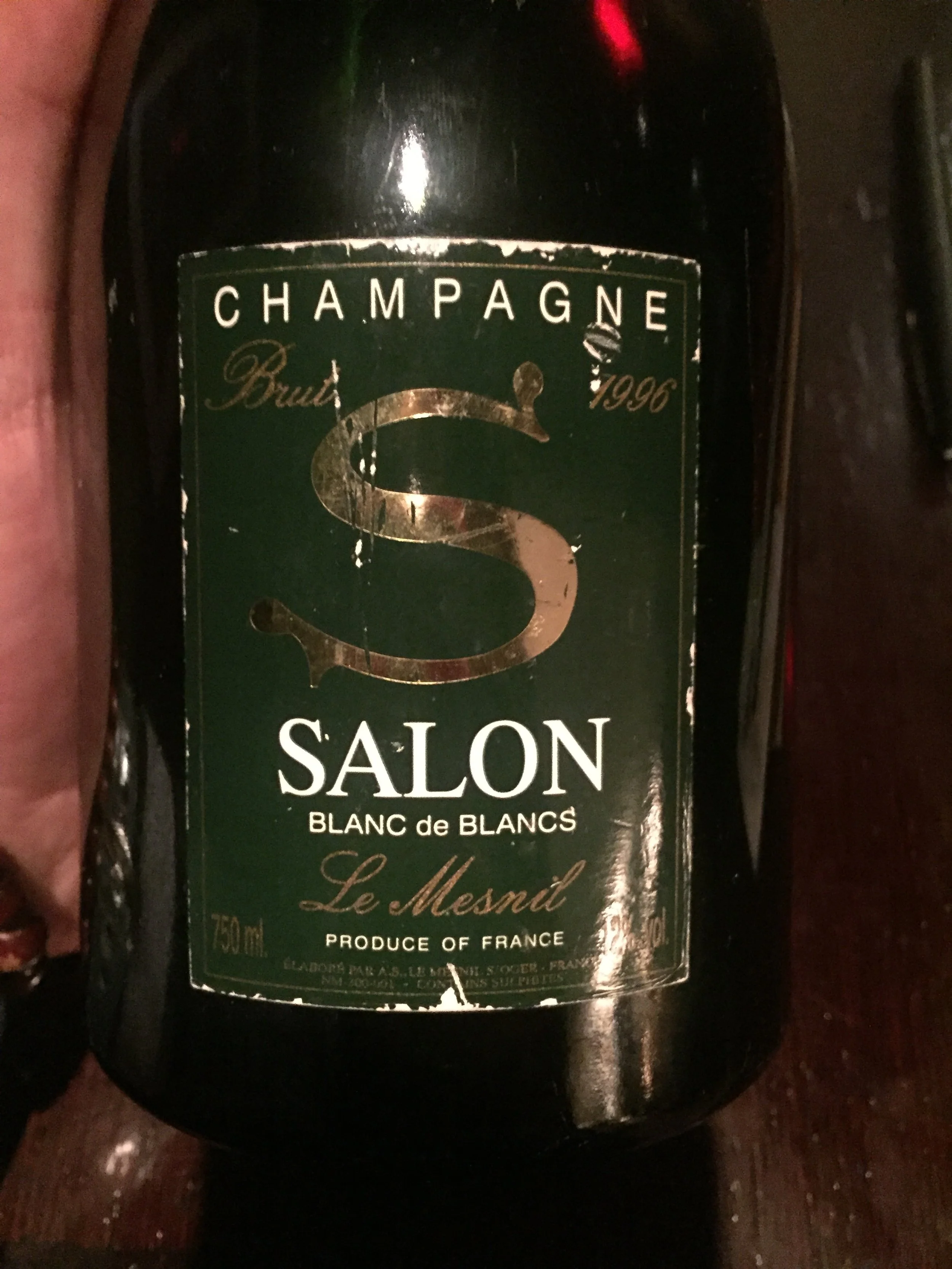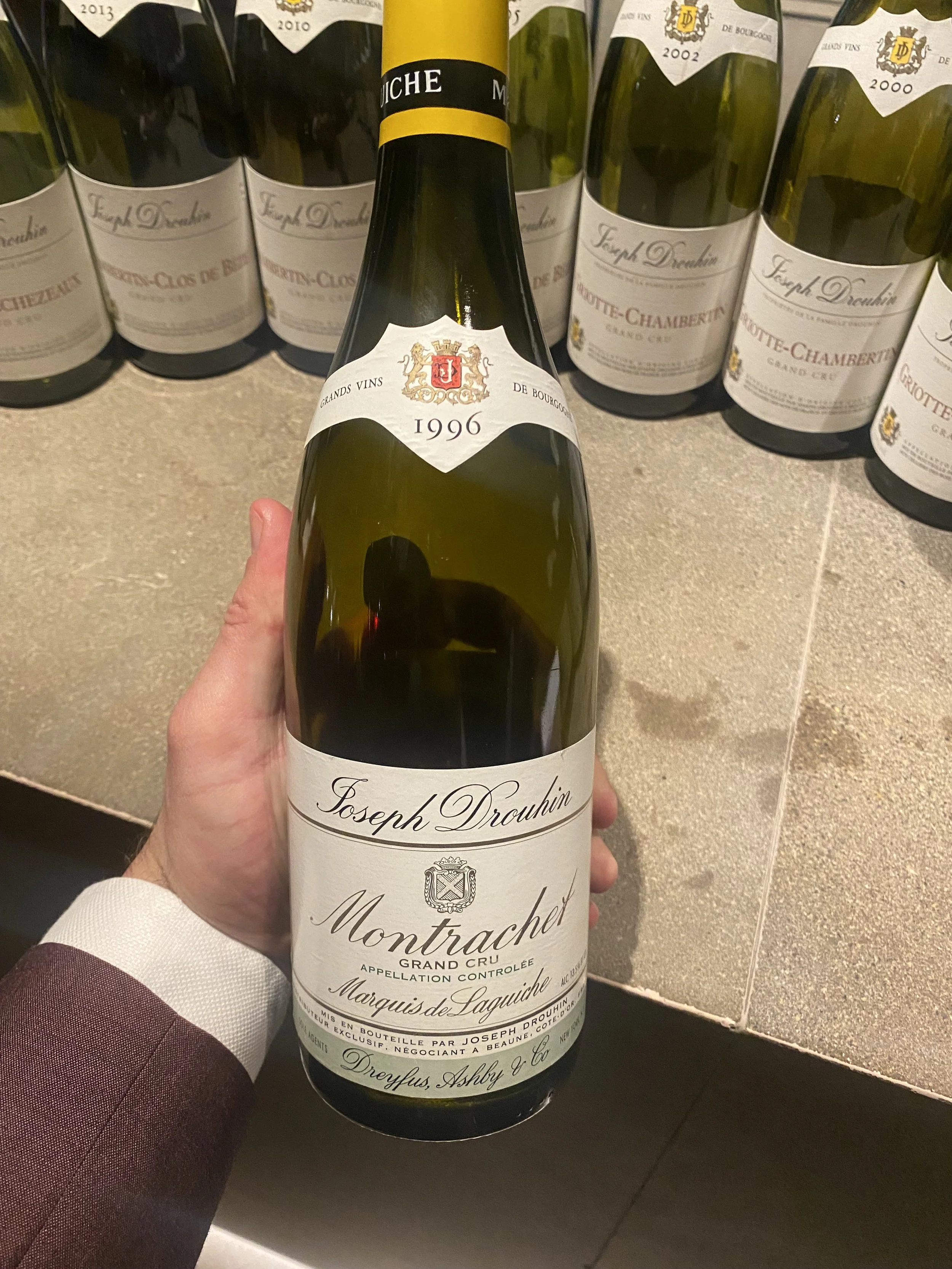1996 in champagne. what happened?
by Edouard Bourgeois
November 21, 2025
Ratings for 1996 often use words like "exceptional" and "grandiose," with some comparisons to 1928. What made 1996 objectively unique was the high average potential alcohol (10.3%) combined with high total acidity (10g/litre)—figures rarely seen together. As Charles Philipponnat noted, this is a significant jump from the 9.3% potential alcohol common forty years prior.
Acidity and potential alcohol work together for balance, but typically, when one is high, the other is low. In 1996, both figures were high. Bruno Paillard called it a 'naughty boy' vintage due to its unpredictable nature and the anxiety it caused producers while waiting for acidity levels to drop. However, the result for those with patience is "fantastic."
While acidity is key for aging, the true test is time. Over two decades later, the remaining 1996 bottles reveal which producers succeeded. The best examples are still complex and alluring, where the high acidity is balanced by a wide range of aromas, from brioche to stone fruit. Unfortunately, some other bottlings show only residual acidity, resulting in unbalanced and tart wines.
I recall opening a glorious bottle of 1996 Cristal for my son's birth seven years ago; the wine was still vibrant and charged.
Another fabulous example was made by Krug. As Olivier Krug said, "It’s a year where a good house or a good winemaker will make a good wine... It’s a tricky vintage." Other industry professionals have shared similar sentiments, noting that some vintners either opted out of making a vintage bottling or failed to achieve balance, resulting in wines that are already clumsy or tired.
The 1996 vintage often draws comparisons to its predecessor, 1995. These were the last two great Champagne vintages following the 1988, 1989, and 1990 trio. The 1996s are powerful wines; the best combine weight from ripeness with tension from acidity, providing the interest, complexity, and structure needed for long-term aging.
Interestingly, more houses released 1995 as a vintage Champagne than 1996, with a ratio of roughly 60% (1995) to 40% (1996).
Given its unpredictability, the safest bet for 1996 Champagne remains to go with producers you trust.
While looking for pictures of 1996 Champagne on my IPhone, I also found several other wines from various regions where the 1996 vintage truly shone, as seen in images below;jbgories
What to plant, when and where.
News from the Vineyard
by Edouard
10/28/21
By Edouard Bourgeois
October 28, 2021
The important notion of terroir is directly connected to a wine’s DNA and part of what defines the terroir is the grape variety. Imagining a Vosne-Romanée with no Pinot Noir or a Pomerol with no Merlot is simply impossible. The varietal is so important that the New World largely embraced the idea of making it the name of the wine. This is how terms like “Napa Cab” and “Barossa Shiraz” came to be known as practical names for consumers to recognize.
While the topic of global warming continues to animate conversations among everyone including winegrowers around the world, the question of grape variety being adapted to the newer climatic condition has been on the rise. Delicate and finicky varietals such as Pinot Noir may not seem to grow as well as they have been on their usual terrain, which led to rumors of planting Syrah in Burgundy... On the other side of the country, in 2019, the Union of Bordeaux AOC announced that seven new varieties were approved. In 2021 six of them were given a green light by the INAO (Institut National des Appellations d'Origine) for vineyard trials.
The approved six are:
Marselan (a cross of Cabernet Sauvignon and Grenache created in 1961)
Touriga Nacional (best known in Portugal)
Castets (nearly extinct; described as a "long-forgotten Bordeaux grape")
Arinarnoa (a little known cross of Tannat and Cabernet Sauvignon created in 1956)
Albarino (Alvarinho)
Liliorila (a 1950s crossing of Baroque and Chardonnay, reportedly also created in 1956)
The odd one out of the seven proposed, which was not confirmed by the INAO, was Petit Manseng, a late-ripening grape popular in South West France and often used in dessert wines. It was felt this grape was too emblematic of the Pyrenées-Atlantique region, in the way Pinot Noir would be for Burgundy.
Petit Manseng is not entirely alone, however. According to the CIVB over 50 grapes have been considered for inclusion in Bordeaux wines since 2010.
Plump Marselan grapes in Bordeaux
Elizabeth Wolkowich, an assistant professor of organismic and evolutionary biology, co-wrote a new study that suggests that, although vineyards may be able to counteract some of the effects of climate change by planting lesser-known grape varieties, scientists and vintners need to better understand the wide diversity of grapes and their adaptions to different climates.
Wolkowich in her own words: “The Old World has a huge diversity of wine grapes — there are more than 1,000 varieties planted— and some of them are better adapted to hotter climates and have higher drought tolerance than the 12 varieties now making up over 80 percent of the wine market in many countries”.
I recently opened a bottle of red Mas de Daumas Gassac from 1979. This now emblematic wine of the Languedoc was born out of the visionary mind of Aime Guibert, founder of the Mas de Daumas Gassac in 1970. His idea was to grow Bordeaux varietals complemented by a wide diversity of “heirloom” varietals which of course forced him to declassify his wine to the mere Vin de Pays de l’Hérault appellation, although I won’t say that being banned the use of the Coteaux du Languedoc AOC is such a loss of prestige…
Its 50 hectares are planted with Merlot, Cabernet Franc, Pinot Noir, Tannat, Nebbiolo, Barbera and Dolcetto for reds and Viognier, Chardonnay, Roussane, Marsanne, Chenin Blanc, Petit Manseng, Sercial and Muscat.
Aimé Guibert died at age 91 five years ago. His wines remain and if you can find an old vintage, do not hesitate. The 1979 was grandiose.
1979 was the second red vintage produced at the domaine. It showed a lot of life and characterisitc aromas of a superior Languedoc wine with dried herbs, dates, figs and smoked meat.
Napa Valley, a few words before our Pressoir.wine THIRST class
Napa Valley
by Edouard
7/20/21
by Edouard Bourgeois
July 20, 2021
The sun’s powerful light is key to promoting photosynthesis and its warm rays are another crucial factor to producing healthy grapes around the world. In the historically cold wine regions, wine growers may choose to capture as much sun exposure as possible. They often choose to plant their vineyards with a southern orientation (in the northern hemisphere) and on steep slopes. The space between the rows also plays a role and farming techniques such as deleafing can increase sunlight exposure.
However, in parts of California, especially the famous Napa Valley, the sun may become a dangerous ally.
The world of wine was shocked when terrible news of the Napa wildfires spread last year. But the sadly famous Glass Fire that remained active for 23 days was the beginning of even more disasters to come. Smoke taint, dried up water reservoirs and increased insurance policies deeply impacted the region.
Red wines were more affected by smoke taint because the process to make red involved skin maceration, which is not true for a classic white wine where grapes are directly pressed. The irony is that red wines, and of course the staple “Napa Cab” are close to twice as much profitable than white wines.
Today, the Napa wine growers are taking stock of the situation and thinking about next steps. In last week’s edition of the Pressoir wine “The Press”, we covered the subject of capturing and recycling the CO2 naturally produced during fermentation in wineries.
Another critical topic in California is water. Is irrigation absolutely necessary in a region known for its violent drought? The celebrated winery Diamond Creek of Napa Valley, a pioneer in terms of single vineyards in the region, has embraced dry farming in parts of its vineyards.
Today, waste water from household toilets and drains is being re-used in vineyards after intense treatments. It is even predicted that such recycled water could one day become potable.
Our Pressoir.wine live THIRST class this July 29th will feature exclusive videos filmed by our team while in Napa a few months ago, featuring legendary producers Diamond Creek, Corison, Eisele Vineyards and others. Author Kelli White will share her incredible knowledge of the region and we will discuss important topics such as the evolution of farming, the diversity of terroirs and grape varieties with fascinating insiders’ stories. We hope to see you on screen for this virtual event.
What’s Pressoir Drinking? Snowden Vineyards Brothers Vineyard Napa Valley 2016
June 13, 2020
By Edouard Bourgeois
I rarely drink Cabernet Sauvignon. I was reminded that I’ve been making a mistake of overlooking this varietal when I opened a bottle of Snowden Vineyards Brothers Vineyard 2016 last Friday. Sure, the label read 14.8% alcohol, which is much higher than the lighter Pinot Noir I love from Chambolle-Musigny or Volnay. Yet I was really impressed by the elegance and lift this bottle expressed. This is the proof that looking at the alcohol level solely to determine the intensity or power of the wine is far from enough information. The levels of acidity, sugar and tannin, even though not listed on the label, are the key factors to understand to complete the full picture. Don’t get me wrong, it is a powerful wine as it should be being a Napa Cab! But the balance was there. Is that because it is made by Diana Snowden Seysses, the wonderful lady also in charge of winemaking of Domaine Dujac in Burgundy?
Fire up the grill and get that T-Bone going like I did that night. You will be rewarded…





